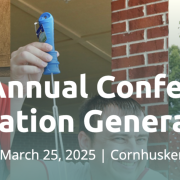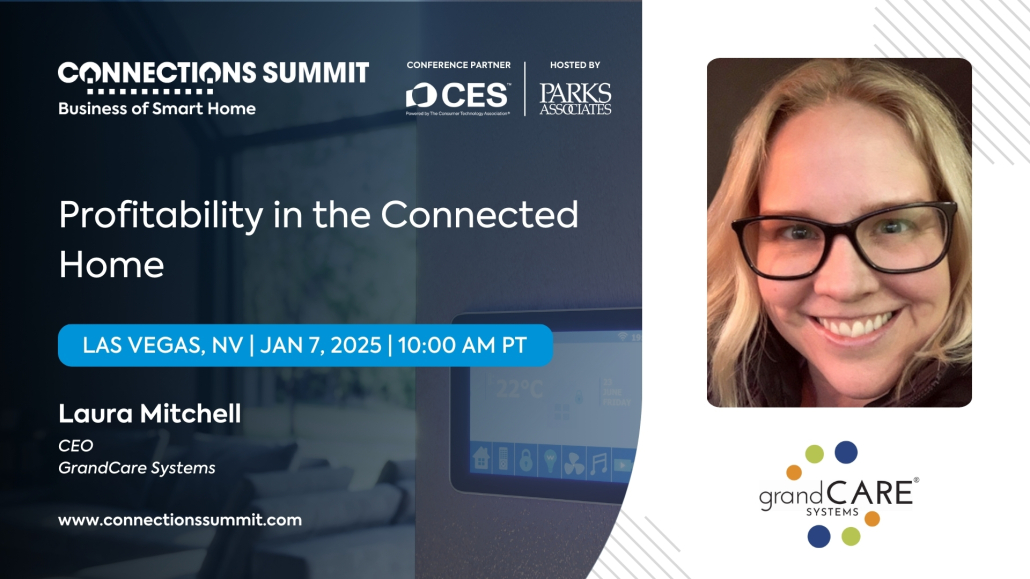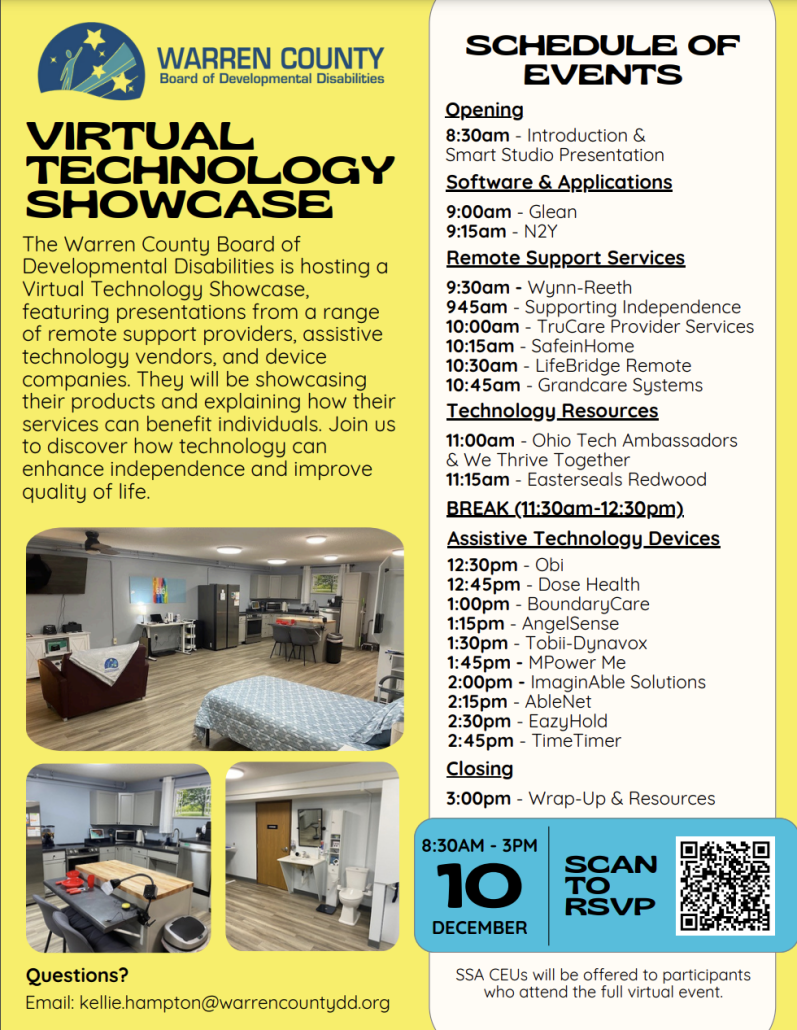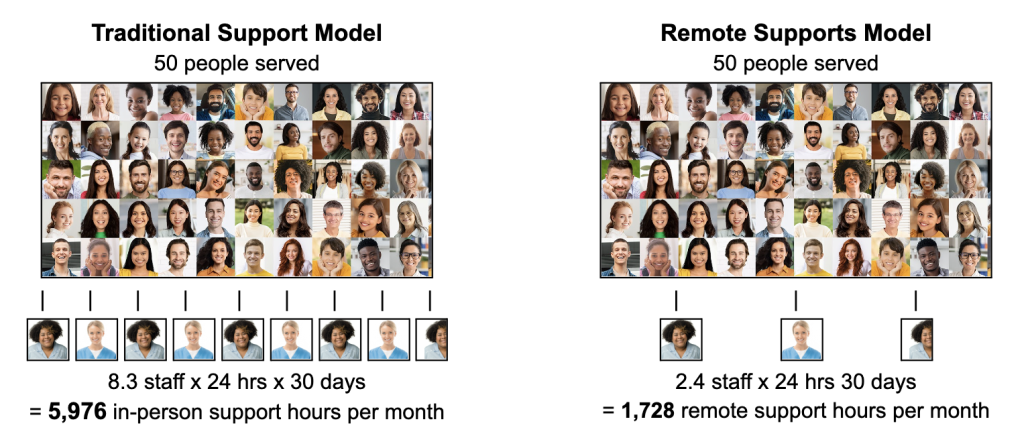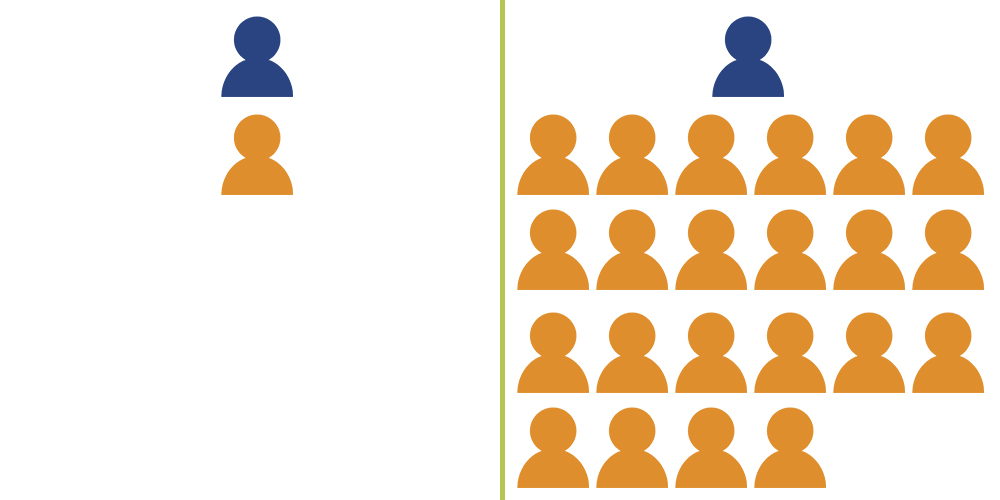Assistive Technology, Remote Supports & GrandCare Goodness at CT Tech Tools for Life 2025
GrandCare is headed to Connecticut for this year’s Tech Tools for Life conference. The conference includes informative panels, breakout sessions, demos, networking, and an exhibit hall.
During Breakout Session 3E, join GrandCare’s Laura Mitchell and ShiftAbility’s Brian Hart for an educational session on setting up technology for self support and remote support.
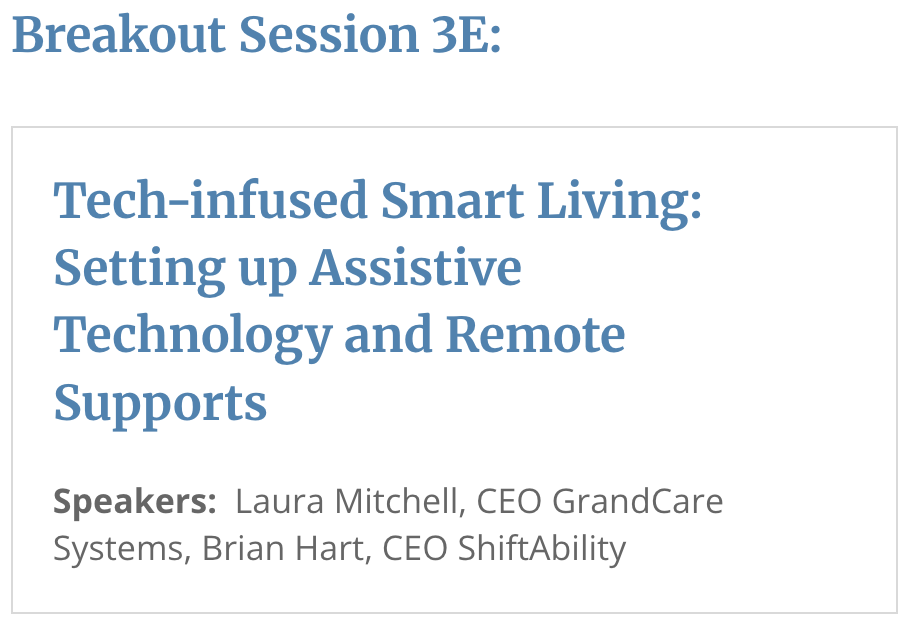 Providers are facing staffing shortages and high turnover while the number of people requiring support is increasing. The Pew Research center reports up to 1 in 4 Adults face some type of disability in America today. The answer isn’t to recruit harder, it’s to work smarter. And when you’re armed with high-tech, high-touch products, you can! In this session we’ll explore the spectrum of technology options from medication management to fall detection to smart touchscreens and smart stoves. We’ll talk about Smart Tech-enabled Living, a new model of value-based care that is saving organizations real dollars, improving independence and reducing onsite caregiving hours without sacrificing safety. What should you expect? How do you pay for it and when do you start seeing the return on investment?
Providers are facing staffing shortages and high turnover while the number of people requiring support is increasing. The Pew Research center reports up to 1 in 4 Adults face some type of disability in America today. The answer isn’t to recruit harder, it’s to work smarter. And when you’re armed with high-tech, high-touch products, you can! In this session we’ll explore the spectrum of technology options from medication management to fall detection to smart touchscreens and smart stoves. We’ll talk about Smart Tech-enabled Living, a new model of value-based care that is saving organizations real dollars, improving independence and reducing onsite caregiving hours without sacrificing safety. What should you expect? How do you pay for it and when do you start seeing the return on investment?
Tech-infused Smart Living: Setting up Assistive Technology and Remote Supports
Monday, June 9
2:30pm – 3:30pm
Paragon Room (Home 2)
GrandCare will be participating in Tech Tools for Life’s expo. See us at our booth for fun giveaways, and to get your hands on GrandCare technology. GrandCare is a stationary touchscreen appliance that can be placed on a flat surface or mounted on a wall. The system can help people with intellectual and developmental disabilities achieve new levels of independence by dramatically–and safely–reducing in-person support hours. It includes ADL reminders, on-demand videos, activity alerts, HIPAA-compliant video calls, games, community calendars and so much more.
Tech Tools for Life Exhibit Hall Schedule
Monday, June 9 | 11:30-12:00 & 2:00-2:30
Tuesday, June 10 | 11:30-12:00 & 2:00-2:30
Follow the conference on social media: #CTTechTools25.
Can’t attend but want to learn more about remote supports? Schedule a free consultation with GrandCare. We’d love to show you our platform and answer your questions.

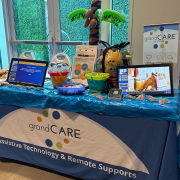
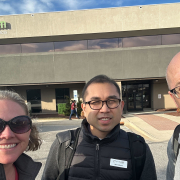
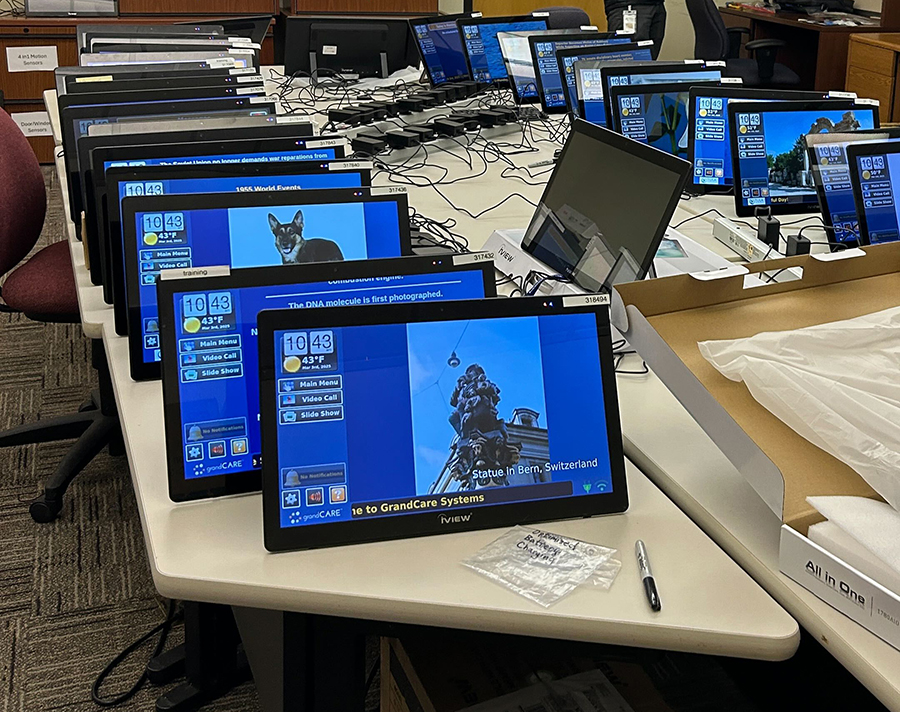 Referred Trillium members receive personalized touchscreens and a personalized plan of care that supports them to obtain their maximum potential. These screens can be deployed throughout their homes with room-appropriate reminders, one-touch secured video chat, and other prompts to encourage self-directed care and an increased level of independence. Complex tasks such as chores, food preparation, and grooming are broken into step-by-step prompts with accompanying videos.
Referred Trillium members receive personalized touchscreens and a personalized plan of care that supports them to obtain their maximum potential. These screens can be deployed throughout their homes with room-appropriate reminders, one-touch secured video chat, and other prompts to encourage self-directed care and an increased level of independence. Complex tasks such as chores, food preparation, and grooming are broken into step-by-step prompts with accompanying videos.
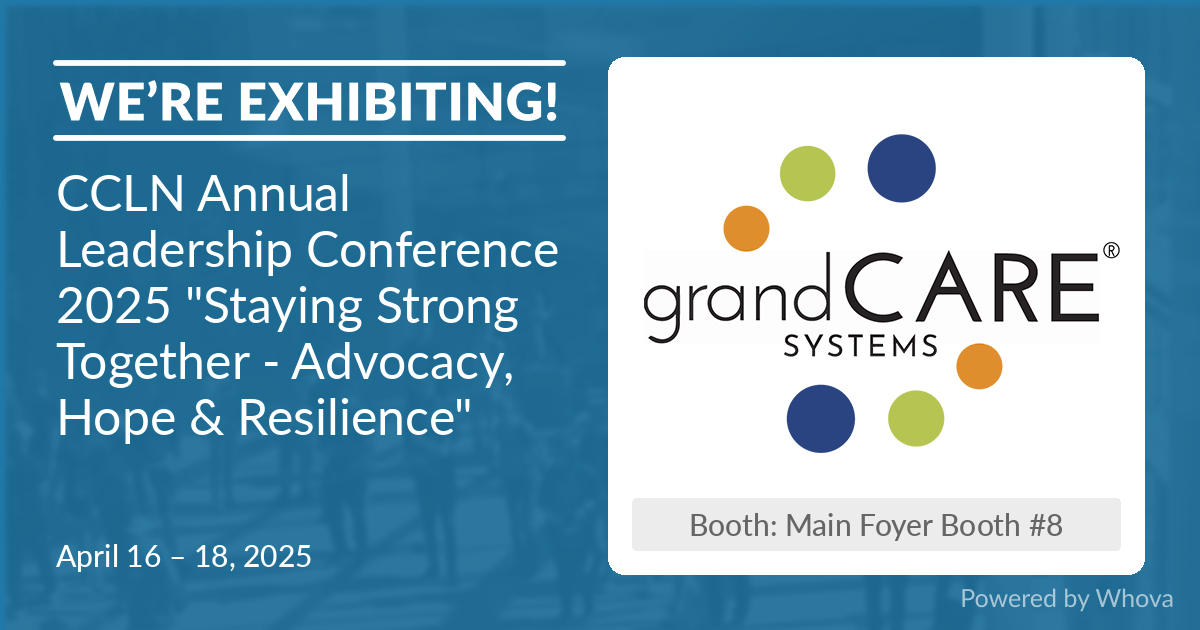 Stop by our booth for a fun wine tasting and candy pairing! Plus, we’ll be giving away a beach bag bundle full of goodies.
Stop by our booth for a fun wine tasting and candy pairing! Plus, we’ll be giving away a beach bag bundle full of goodies.
